Kejbils termokoppja
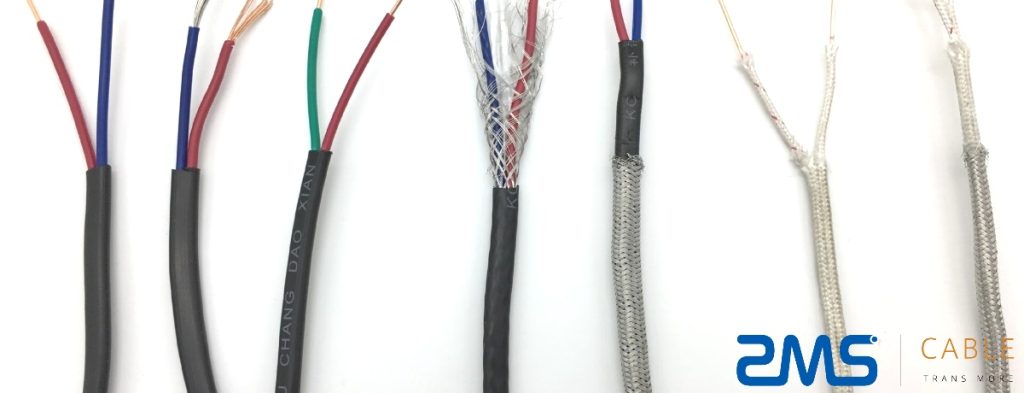
Kejbils tat-termokoppja jintużaw biex jgħaqqdu t-termokoppji ma 'strumenti tal-kejl. Għalhekk, Għandu jkun magħmul mill-istess materjal bħat-termokoppja. Inkella, Il-vultaġġ tat-termokoppja żejjed eventwalment iwassal għal kejl mgħawweġ. Il-prodotti jintużaw prinċipalment f'diversi apparati tal-kejl tat-temperatura u ntużaw ħafna fl-enerġija nukleari, pitrolju, kimika, metallurġija, enerġija elettrika, u setturi oħra.
Veri Cable huwa l-manifattur ewlieni. Il-prodotti tal-wajer tat-termokoppja tagħna huma disponibbli f'valur għoli miżjud ta 'azzar ta' grad għoli u ligi speċjali, Sistemi bbażati fuq l-istrixxi tal-azzar, u soluzzjonijiet ta 'tisħin industrijali. Aktar prova tal-umdità、għant tal-metall issiġillat ermetikament、Output ogħla għal kull metru. Aħna nimmanifatturaw ħafna tipi ta 'wajer termokoppja. Inkluż wajer tat-termokoppja tat-tip K, Wajer Thermocouple tat-Tip J., Wajer Thermocouple tat-Tip T., eċċ.
- Deskrizzjoni tat-Tipi tal-Prodott
Isem tal-Prodott: Tip K / J / T / E / R Mi Thermocouple Cable għal Thermocouple Sonda
Tip: K, J, T, E, R, eċċ
Materjal ta 'insulazzjoni: 99.6% MGO ta 'purità għolja
Numru tal-qalba: 2 wajers, 3wajers, 4wajers, 6wajers
Materjali tal-għant: SS304, SS321, SS316L,SS310s, SS347, Inkl600, Eċċ.
Dijametru(mm): Minn 0.25mm sa 12.7mm
Applikazzjoni: Konnessjoni ma 'Termokoppja u Magna tal-Istrumenti.
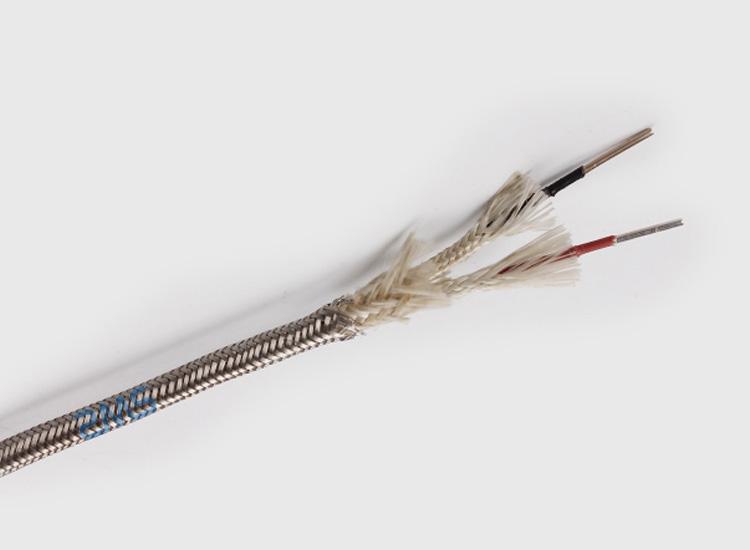
Wajer ta 'estensjoni tat-termokoppja kx tat-tip
1. Insulazzjoni FB + Insulazzjoni FB + SS Braid
2. Konduttur: ESTEEM NICR
3. Kulur: Aħmar +, Iswed - 4. Daqs: 2*7*0.2mm
(FB tfisser fibreglass, SS tfisser l-istainless steel)
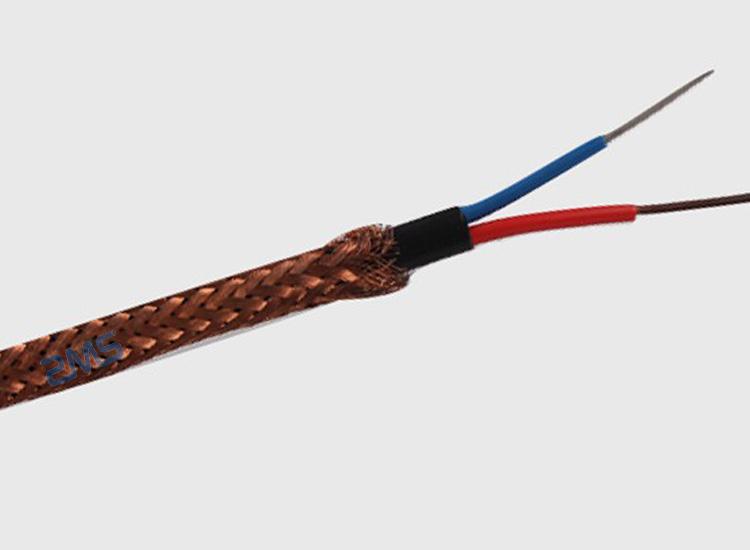
Wajer tal-Kumpens tat-Tip KC
1. Insulazzjoni tal-PVC + Kooper Wire Braid
2. Konduttur: Dak-dak
3. Kulur: Aħmar +, Blu -
4. Daqs: 2*1mm
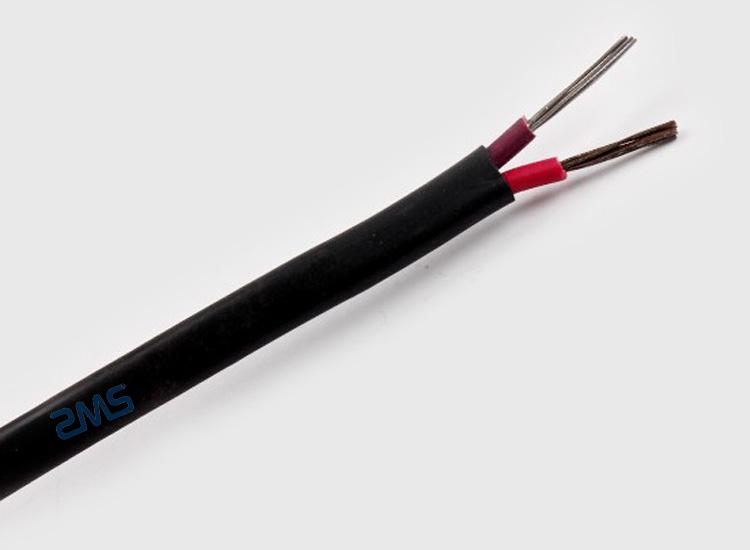
JX Type Thermocouple Extension Wire
1. Insulazzjoni tal-PVC + Gomma tas-silikon
2. Konduttur: Fair-Co
3. Kulur:Aħmar +, Vjola –4. Daqs: 2*7*0.3mm
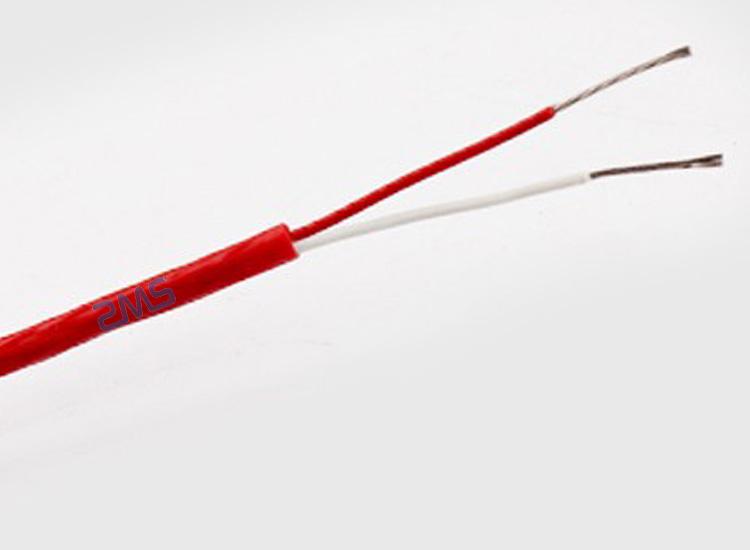
Wajer ta 'estensjoni tat-termokoppja tat-tip TX
1. Insulazzjoni tal-PVC + Insulazzjoni tal-PVC
2. Konduttur: Dak-dak
3. Kulur:Aħmar +, Abjad - 4. Daqs: 2*7*0.1mm
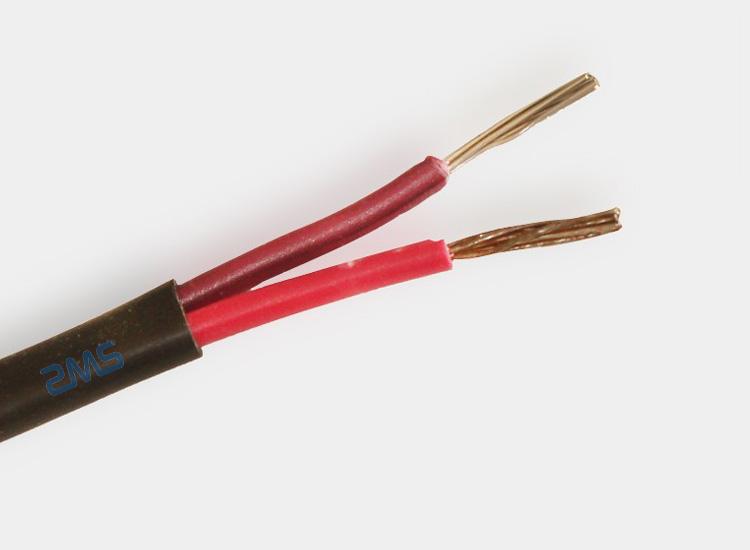
Wajer ta 'estensjoni tat-termokoppja ex tat-tip
1. Insulazzjoni tal-PVC + Gomma tas-silikon
2. Konduttur: Ħadid-cupi
3. Kulur:Aħmar +, Vjola -
4. Daqs: 2*7*0.5mm
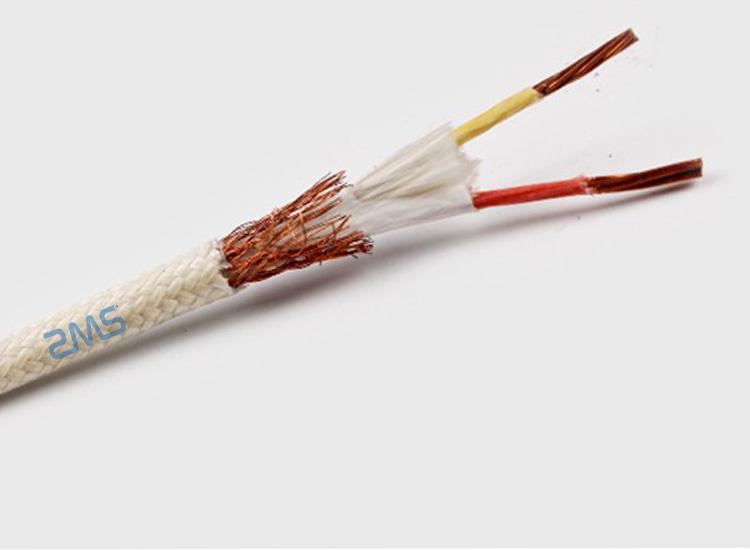
Wajer ta 'kumpens tat-tip NC
1. Insulazzjoni FB + Cooper Wire Braid + Insulazzjoni FB
2. Konduttur: Fair-Co
3. Kulur:Aħmar +, Isfar -
4. Daqs: 2*7*0.2mm
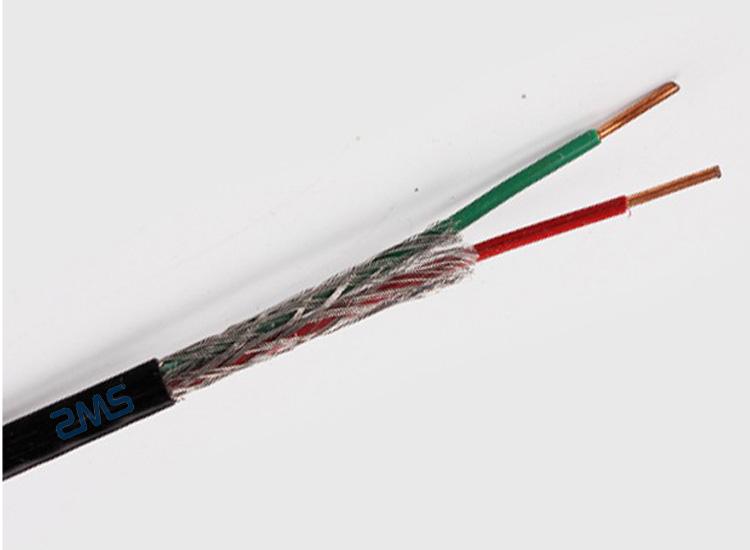
Wajer tal-Kumpens tat-Tip SC
1. Insulazzjoni tal-gomma tas-silikon SSBRAID + PVC SSBRAID + 2. Konduttur: Dak-dak 3. Kulur:Aħmar +. Green-4. Daqs:2*7*0.2mm
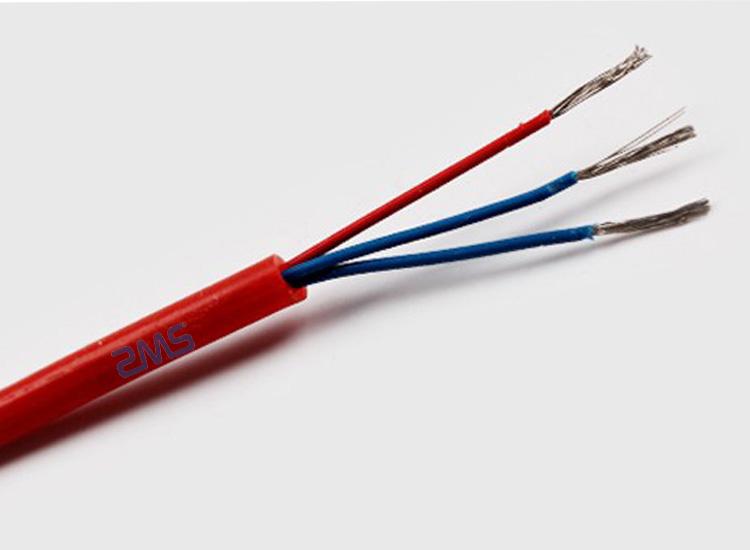
Wajer ta 'grad termokoppja PT100
1. Insulazzjoni tal-PVC + Insulazzjoni PTFE
2. Konduttur: Dak-dak
3. Kulur: Aħmar, Blu, Blu
4. Daqs: 3*7*0.2mm
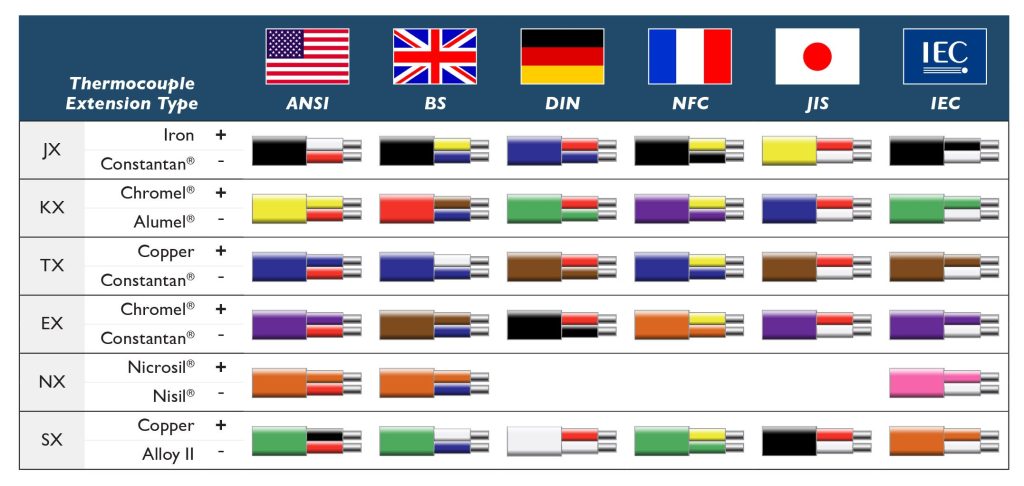
- K TIP TERMOCOUPE WIRE huwa sensur tat-temperatura, Wajer ta 'estensjoni tat-Thermocouple tat-Tip K ġeneralment jintuża bi strumenti tal-wiri, Strumenti ta 'reġistrazzjoni, u regolaturi elettroniċi. Thermocouple tat-Tip K tipikament jikkonsisti mill-komponenti ewlenin bħalma huma l-element tas-sensing tat-temperatura, Tagħmir tal-immuntar, u l-kaxxa tal-junction.
- Minħabba li r-reżistenza għall-ossidazzjoni tal-wajer tat-termokoppji tat-tip K hija aktar b'saħħitha minn thermocouples bażi oħra tal-metall, huwa l-iktar użat ħafna f'temperaturi 'l fuq minn 500 ° C.
- Kejbil li jikkumpensa t-termokoppja tat-tip K huma aktar reżistenti għall-ossidazzjoni minn kombinazzjonijiet oħra (Ħlief it-Tip N.), Allura huma rrakkomandati għall-użu f'atmosferi ossidanti jew inerti.
- Thermocouples tat-Tip K joffru eżattezza tal-kalibrazzjoni, stabbiltà, Reżistenza għall-ossidazzjoni, Potenzjal termoelettriku għoli, u prezz raġonevoli.
Thermothal P / Thermothal n Thermocouples jissodisfaw l-istandards internazzjonali kollha.
- Il-wajer tal-kombinazzjoni tat-tip N huwa titjib sinifikanti fuq il-kombinazzjoni tat-tip K f'termini ta 'drift tal-forza elettromotiva u bidliet temporanji fil-forza elettromotiva. Barra minn hekk, It-tip N għandu ħajja itwal mit-termokoppja duplex tat-tip K minħabba r-reżistenza mtejba ta 'ossidazzjoni taċ-ċomb negattiv ta' Nisil.
- Il-valur tal-ħruġ potenzjali termoelettriku ta 'nicrosil / nisil huwa inqas minn dak tat-tip K, Għalhekk mhuwiex possibbli li tissostitwixxi direttament it-tip K bit-tip N sakemm l-istrumentazzjoni eżistenti tkun modifikata. Madankollu, Il-kejl u l-kontroll tat-temperatura huma partikolarment importanti fl-ajruspazju, nukleari, u industriji tas-semikondutturi, Allura huwa improbabbli li dawn l-industriji jagħlqu għajnejh għal ħajja itwal u stabbiltà ta 'potenzjal termoelettriku aħjar. U għall-industrija kollha kemm hi, Wieħed jeħtieġ ukoll li jiffranka fuq l-ispezzjoni, manutenzjoni, u spejjeż ta 'kalibrazzjoni ta' apparati ta 'kejl ta' temperatura għolja li jagħmlu sens ta 'termokoppja.
- Wajer ta 'estensjoni tat-termokoppja tat-Tip E huwa t-tip bl-akbar valur tal-ħruġ tal-potenzjal elettriku ta' kwalunkwe termokoppja komuni, u xi kultant jintuża fil-ġeneraturi tal-enerġija termali (Thermopiles). Jopera f'temperaturi sa 900 ° C u għandu stabbiltà eċċellenti fuq firxa minn temperaturi baxxi sa 300 ° C.
- L-arblu pożittiv ta 'dan it-tip ta' wajer tat-termokoppja protett huwa thermothal bħal it-tip k, Filwaqt li l-arblu negattiv huwa cuprothal (Fi).
- Il-wajer tal-kombinazzjoni tat-tip N huwa titjib sinifikanti fuq il-kombinazzjoni tat-tip K f'termini ta 'drift tal-forza elettromotiva u bidliet temporanji fil-forza elettromotiva. Barra minn hekk, It-tip N għandu ħajja itwal mit-tip K minħabba r-reżistenza mtejba ta 'ossidazzjoni tan-Nisil negattiv iwassal.
- Il-valur tal-ħruġ potenzjali termoelettriku ta 'nicrosil / nisil huwa inqas minn dak tat-tip K, Għalhekk mhuwiex possibbli li tissostitwixxi direttament it-tip K bit-tip N sakemm l-istrumentazzjoni eżistenti tkun modifikata. Madankollu, Il-kejl u l-kontroll tat-temperatura huma partikolarment importanti fl-ajruspazju, nukleari, u industriji tas-semikondutturi, Allura huwa improbabbli li dawn l-industriji jagħlqu għajnejh għal ħajja itwal u stabbiltà ta 'potenzjal termoelettriku aħjar. U għall-industrija kollha kemm hi, Wieħed jeħtieġ ukoll li jiffranka fuq l-ispezzjoni, manutenzjoni, u spejjeż ta 'kalibrazzjoni ta' apparati ta 'kejl ta' temperatura għolja li jagħmlu sens ta 'termokoppja.
- Il-kombinazzjoni tar-ram (element pożittiv) u Cuprothal (Tn) (element negattiv) Jippermetti li dan it-termokoppja tintuża f'varjetà ta 'ambjenti tal-laboratorju u industrijali fil-firxa tat-temperatura ta' -185 ° C sa + 370 ° C.
- Minħabba r-reżistenza limitata ta 'ossidazzjoni tar-ram, Mhuwiex irrakkomandat li dan il-mudell jintuża barra minn din il-firxa tat-temperatura. Peress li kwalunkwe ram elettrolitiku pur ta 'kwalità tajba (i.e.. Ram elettrolitiku pur skont l-istandard ASTM B3) jipproduċi potenzjal elettriku uniformi u kostanti mingħajr differenzi minn lott għal lott (speċjalment meta t-temperaturi jkunu 'l fuq minn -185 ° C), Ġeneralment noffru biss l-element negattiv (Cuprothal (Tn).
Il-fatturi primarji li jaffettwaw il-ħajja termokoppja
Temperatura: Jekk it-temperatura togħla minn 50 °C, Imbagħad il-ħajja termokoppja se titqassar minn madwar 50%.
Dijametru: Jekk id-dijametru tal-wajer jirdoppja, Imbagħad il-ħajja termokoppja tiġi estiża minn 2 biex 3 drabi.
Ċikliżmu termali: Jekk it-termokoppja hija soġġetta għal ċikliżmu termali minn temperatura tal-kamra għal aktar 500 °C, Imbagħad il-ħajja ta 'l-ewwel se titnaqqas minn madwar 50% meta mqabbel ma 'termokoppja użata kontinwament fl-istess temperatura.
Protezzjoni: Jekk it-termokoppja hija mgħottija bil-kmiem protettiv u mqiegħda f'iżolatur taċ-ċeramika, Imbagħad il-ħajja tagħha tkun estiża b'mod sinifikanti.
Istruzzjonijiet tal-wajer tal-kumpens termokoppja għall-użu
Agħżel il-wajer ta 'kumpens termokoppja biex tkun taf il-wajer ta' kumpens termokoppja fit-temperatura ambjentali u l-kundizzjonijiet tal-minjieri tas-sit, Skond is-sitwazzjoni tat-temperatura ambjentali tas-sit biex tagħżel il-għant tal-wajer tal-kumpens xieraq, it-temperatura ambjentali ġenerali fi -25 ~ 105 ℃, Agħżel għant tal-fluworidu tal-polivinil, it-temperatura ambjentali ġewwa -60 ~ 205 ℃, Agħżel Polytetrafluoroethylene bħala għant tal-wajer tal-kumpens, u fi -60 ~ 260 ℃, Agħżel Polytetrafluoroethylene bħala Thermocouple Wire Wire Sheath. Allura fl-għażla trid tagħti attenzjoni għas-sitwazzjoni tal-mini tas-sit.
Noti dwar wajer ta 'kumpens termokoppja
Għażla ta 'wajer ta' kumpens termokoppja
Wajer ta 'kumpens termokoppja għandu jintuża skond it-tip ta' termokoppja użata, u l-okkażjoni użata biex tagħmel l-għażla t-tajba. Pereżempju, Koppji tat-tip K għandhom jagħżlu wajer ta 'kumpens għall-koppji tat-tip K, Skond l-użu tal-okkażjoni, u agħżel il-firxa tat-temperatura operattiva. Normalment, KX Temperatura tax-xogħol ta ' -20 ~ 100 ℃, firxa wiesgħa ta ' -25 ~ 200 ℃. L-iżball tal-livell ordinarju huwa ± 2.5 ℃, u l-livell ta 'preċiżjoni huwa ± 1.5 ℃.
Konnessjoni ta 'kuntatt
Bit-terminal tat-termokoppja 2 ġonot l-iktar viċin possibbli, ipprova żomm it-temperatura taż-żewġ ġonot l-istess. Konnessi mat-terminali tal-istrument kemm jista 'jkun fl-istess temperatura, Il-kabinett tal-istrumenti għandu fan, u l-punt ta 'kuntatt għandu jkun protett mill-fann li jonfoħ direttament sal-punt ta' kuntatt.
Uża tul
Minħabba li s-sinjal tat-termokoppja huwa baxx ħafna, Livell ta 'Microvolts, Jekk id-distanza użata hija twila wisq, l-attenwazzjoni tas-sinjal u l-ambjent ta 'interferenza elettrika qawwija akkoppjata, biżżejjed biex tagħmel id-distorsjoni tas-sinjal tat-termokoppja, li tirriżulta f'kejl mhux preċiż u temperatura ta 'kontroll, fil-kontroll ta 'varjazzjonijiet serji fit-temperatura.
Skond l-esperjenza tagħna, Normalment tuża l-kontroll tat-tul tal-wajer tal-kumpens termokoppja ġewwa 15 Meters huwa aħjar, Jekk aktar minn 15 metri, huwa rrakkomandat li tuża t-trasmettitur tat-temperatura għat-trasmissjoni tas-sinjal. Trasmettitur tat-temperatura huwa t-temperatura tal-valur potenzjali korrispondenti fit-trasmissjoni tal-kurrent DC, Kontra l-interferenza qawwija.
Wajers
Wajer ta 'termokoppja b'ħafna korri jew wajers ta' kumpens għandhom ikunu 'l bogħod mil-linji ta' l-enerġija u sorsi ta 'interferenza. F'postijiet fejn il-qsim ma jistax jiġi evitat, Ukoll kemm jista 'jkun uża t-triq trasversali, mhux parallel.
Wajer tal-kumpens protett
Sabiex titjieb il-linja ta 'konnessjoni termokoppja kontra l-interferenza, Tista 'tuża wajer ta' kumpens protett. Għax-xena b'aktar sorsi ta 'interferenza, L-effett huwa aħjar. Madankollu, It-tarka għandha tkun strettament mitħuna, inkella, It-tarka mhux biss m'għandhiex ir-rwol tal-ilqugħ iżda ssaħħaħ l-interferenza.
Prinċipju tal-kejl tat-temperatura tal-wajer tal-kumpens termokoppja
Ir-rwol tal-wajer ta 'kumpens termokoppja huwa li jestendi l-elettrodu sħun li jċaqlaq it-tarf kiesaħ tat-termokoppja u juri strumentazzjoni konnessa biex tifforma sistema ta' kejl tat-temperatura. Il-prodotti jintużaw prinċipalment f'varjetà ta 'apparati tal-kejl tat-temperatura u ntużaw ħafna fil-pitrolju, kimika, Metallurġiku, enerġija elettrika, u setturi oħra.
Ġeneralment, It-termokoppja tista 'tkun għexieren ta' metri 'l bogħod mit-tabella tal-kejl tat-temperatura. U t-tarf kiesaħ tat-termokoppja (barra mill-linja tat-tarf) Tabella tal-kejl tat-temperatura u t-temperatura It-temperatura ambjentali huma differenti (Anke sa għexieren ta 'gradi).
Jekk int Uża wajer tar-ram ordinarju, Skond il-prinċipju tat-termokoppja, Il-wajers jipproduċu potenzjal ta 'differenza fit-temperatura, li jipproduċu żbalji ta 'kejl.
Problema ta 'tnaqqis fil-pressjoni tal-wajer ta' trasmissjoni fuq distanza twila, Minħabba li l-impedenza tal-input tal-miter tat-temperatura hija għolja. Il-potenzjal tad-differenza fit-temperatura ġġenerat mit-termokoppja (Livell ta 'Millivolt) kurrent ta 'trasmissjoni (Livell Micro-A) huwa żgħir ħafna, u t-telf ta 'tnaqqis fil-pressjoni fuq il-wajer huwa żgħir ħafna, B'mod ġenerali, Fil-firxa tal-iżball. Allura hemm trasmettituri termokoppja, Sinjal tat-termokoppja tal-input, u output 4-20mA sabiex ma tkunx trid tikkumpensa għall-wajer, Tista 'wkoll tiġi trasmessa fuq distanzi twal.
Jekk l-użu tal-wajer tal-kumpens (Trid taqbel man-numru tal-indiċi tat-termokoppja), huwa materjal tal-metall magħżul u jista 'jipproduċi l-iżgħar potenzjal ta' differenza fit-temperatura possibbli fil-wajers biex jimminimizza l-iżball tal-kejl tat-temperatura. Fi kliem ieħor, It-tarf kiesaħ tat-termokoppja jiġi mċaqlaq fuq it-tabella tal-kejl tat-temperatura.
Servizz eċċellenti ta 'Veri Cable
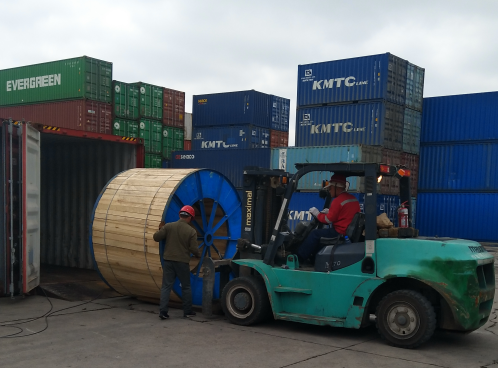
VERI Cable għandu diversi modi biex jipproteġi l-kejbils tiegħek, b'ippakkjar tat-tbaħħir b'saħħtu u professjonali u assigurazzjoni komprensiva. Qabel it-tbaħħir, tagħna kejbils huma ppakkjati f'rukkelli tal-injam u kojls tal-kaxxa korrugati. Waqt it-trasport, biex tipproteġi t-truf tal-kejbil mill-umdità, aħna nissiġillawhom b'tejp li jwaħħal waħdu BOPP u mhux igroskopiku.
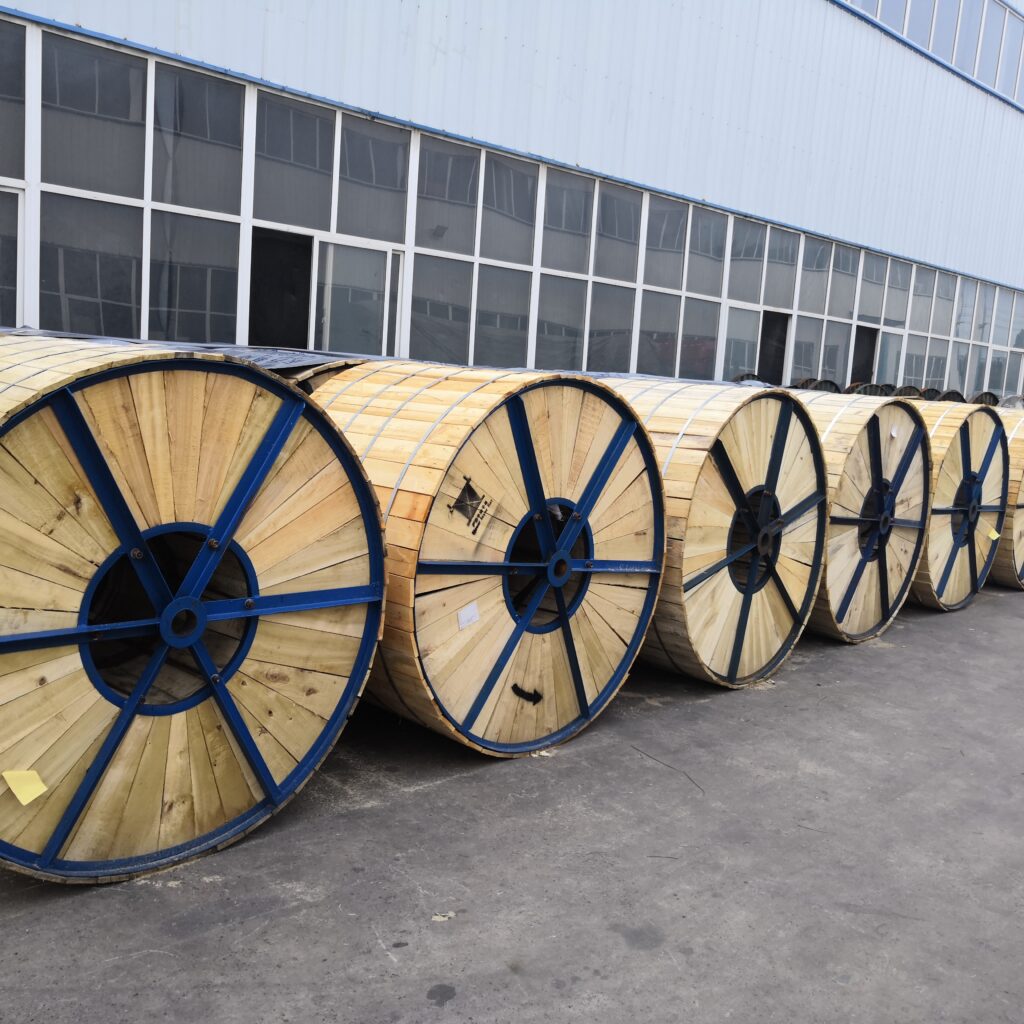
Jekk ikun hemm problemi ta 'kwalità bħal ippakkjar bil-ħsara u ħsara fil-wiċċ tal-prodott fuq il-post meta l-oġġetti jiġu riċevuti, jekk il-merkanzija tkun ikkonfermata li hija vera, l-oġġetti ma jaqblux mal-ordni, u l-problemi ta 'kwalità misjuba mill-klijent waqt l-installazzjoni, proċess ta 'tqegħid u użu huma kkonfermati li huma l-problemi ta' kwalità tal-prodott innifsu, Jekk il-kunsinna ma tkunx skond ir-rekwiżiti tal-kuntratt, jekk jogħġbok ikkuntattja lill-kumpanija tagħna direttament.